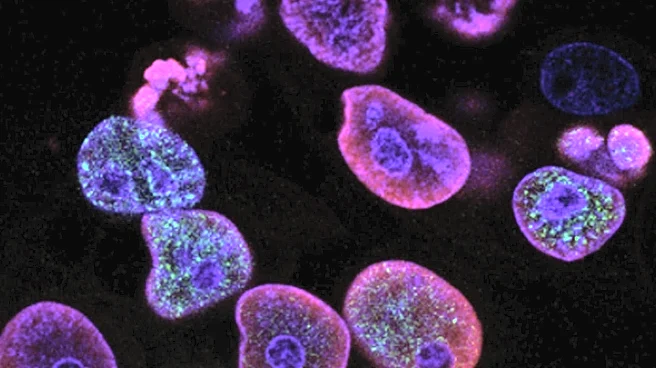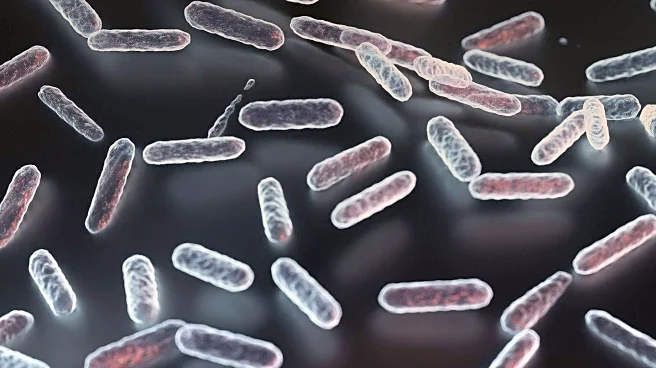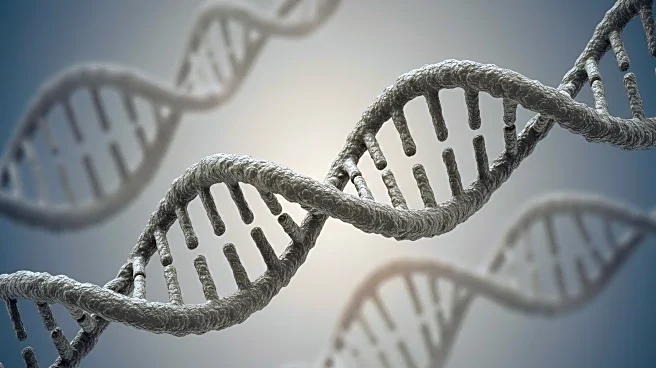Rapid Read • 8 min read
Recent research has explored the potential of boron-mediated proton beam therapy (PBCT) to enhance the killing of glioblastoma cells, a type of aggressive brain tumor. The study focused on the effects of boron when used in conjunction with proton beams on various glioblastoma cell lines, including U-87 MG, U251, A172, and T98G. The findings revealed that while boron significantly enhanced cell killing in U-87 MG cells, the results were inconsistent across other cell lines. For U251 cells, enhancements were observed in both the Bragg peak and plateau regions, but no significant effects were noted for A172 and T98G cells. The study suggests that the enhancement is primarily due to proton-11B capture reactions in U-87 MG cells and secondary neutron capture in U251 cells. However, the mechanisms behind these enhancements remain controversial, with some studies failing to replicate the results.
AD
The research is significant as it explores a potential advancement in the treatment of glioblastoma, a cancer with a notoriously poor prognosis. If successful, PBCT could offer a more effective treatment option by increasing the dose deposition to tumors without increasing the overall radiation exposure to patients. However, the mixed results highlight the complexity of cancer treatment and the need for further research to understand the underlying mechanisms. The study's findings could influence future research directions and funding allocations in cancer therapy, potentially leading to more personalized and effective treatment strategies.
Further research is needed to clarify the mechanisms behind the observed effects and to determine the clinical viability of PBCT. Future studies may focus on understanding the role of intercellular signaling and the potential for non-linear responses to boron-enhanced radiation. Additionally, researchers may investigate the variability in boron uptake among different cell lines and its impact on treatment efficacy. These efforts could lead to the development of more targeted therapies and improve the clinical outcomes for patients with glioblastoma.
The study raises questions about the role of intercellular communication in cancer treatment and the potential for boron to act as a radiosensitizer. The findings suggest that the effectiveness of PBCT may depend on the specific biological characteristics of different tumor types, highlighting the importance of personalized medicine. The research also underscores the challenges of translating in vitro findings to clinical applications, emphasizing the need for robust and reproducible results before new therapies can be widely adopted.
AD
More Stories You Might Enjoy










